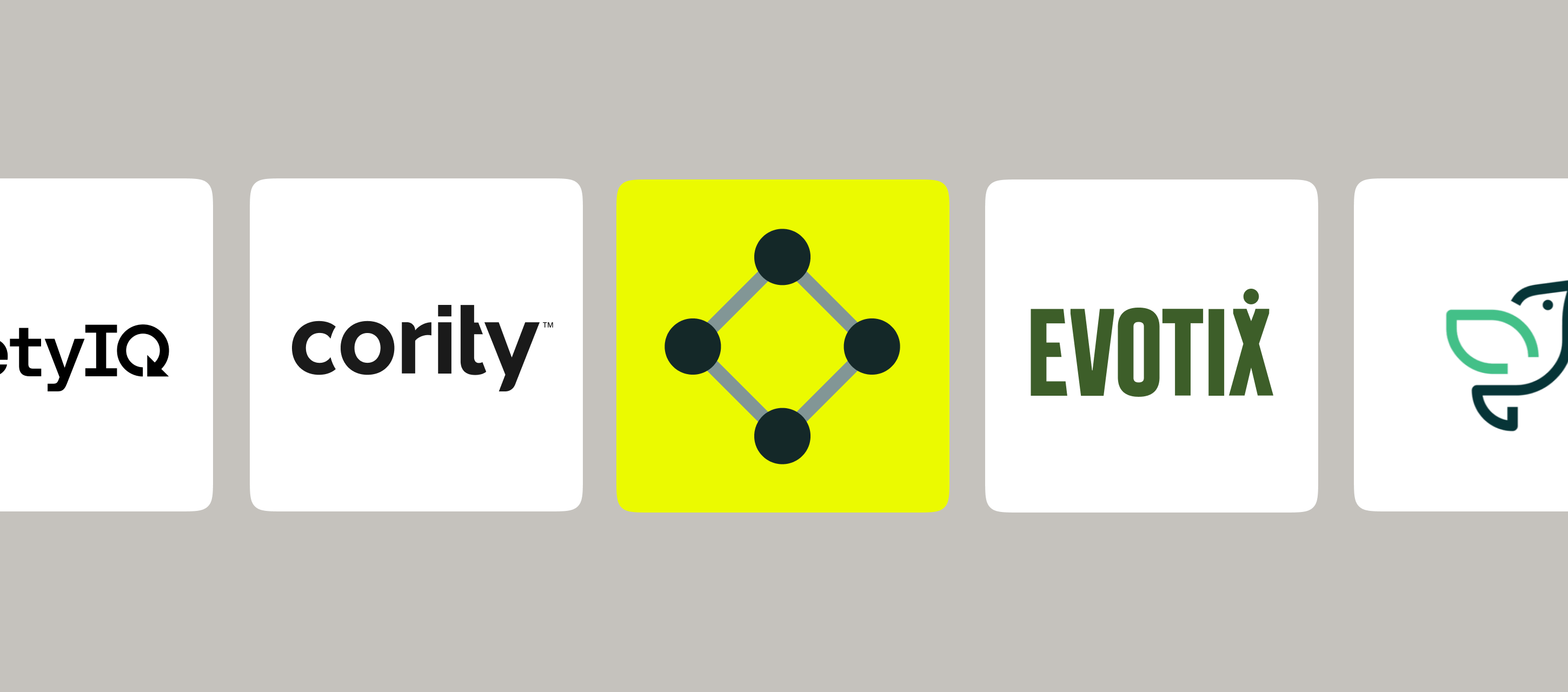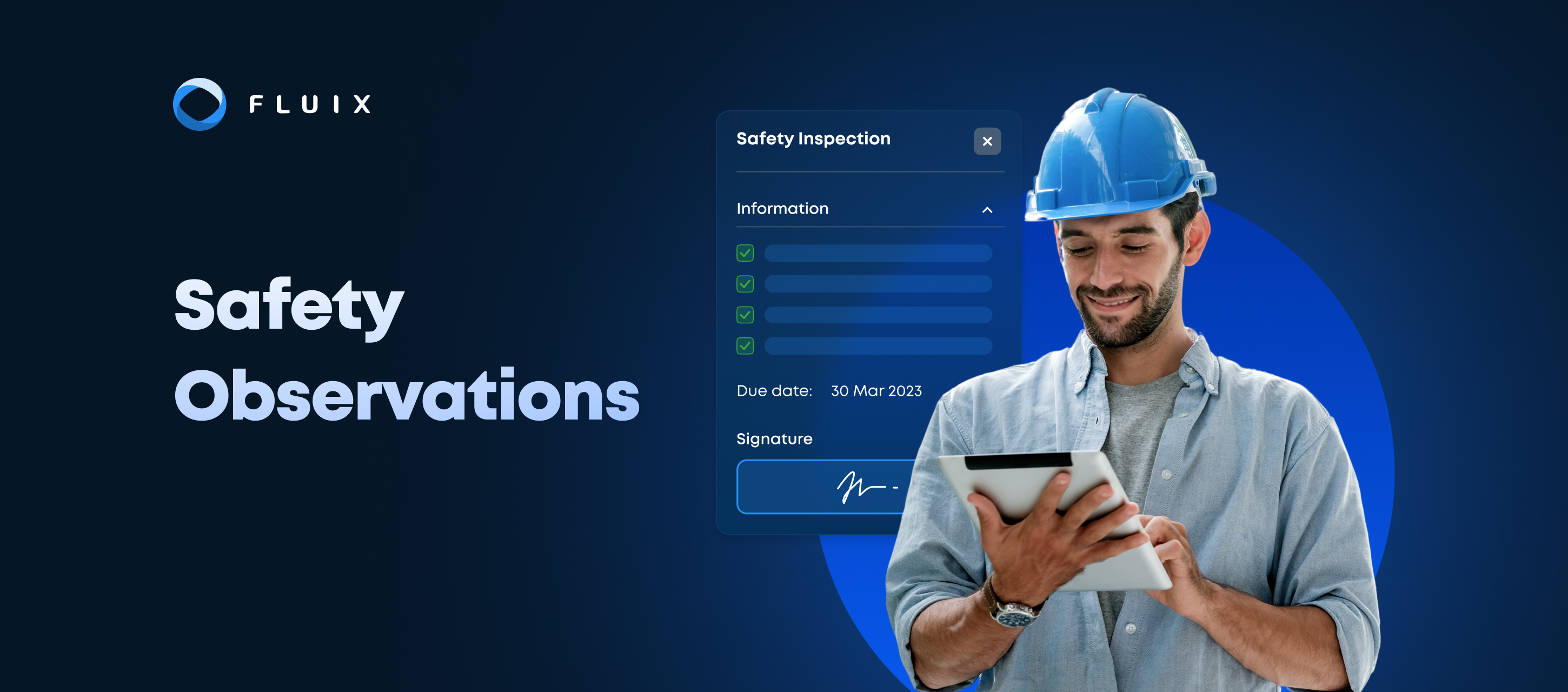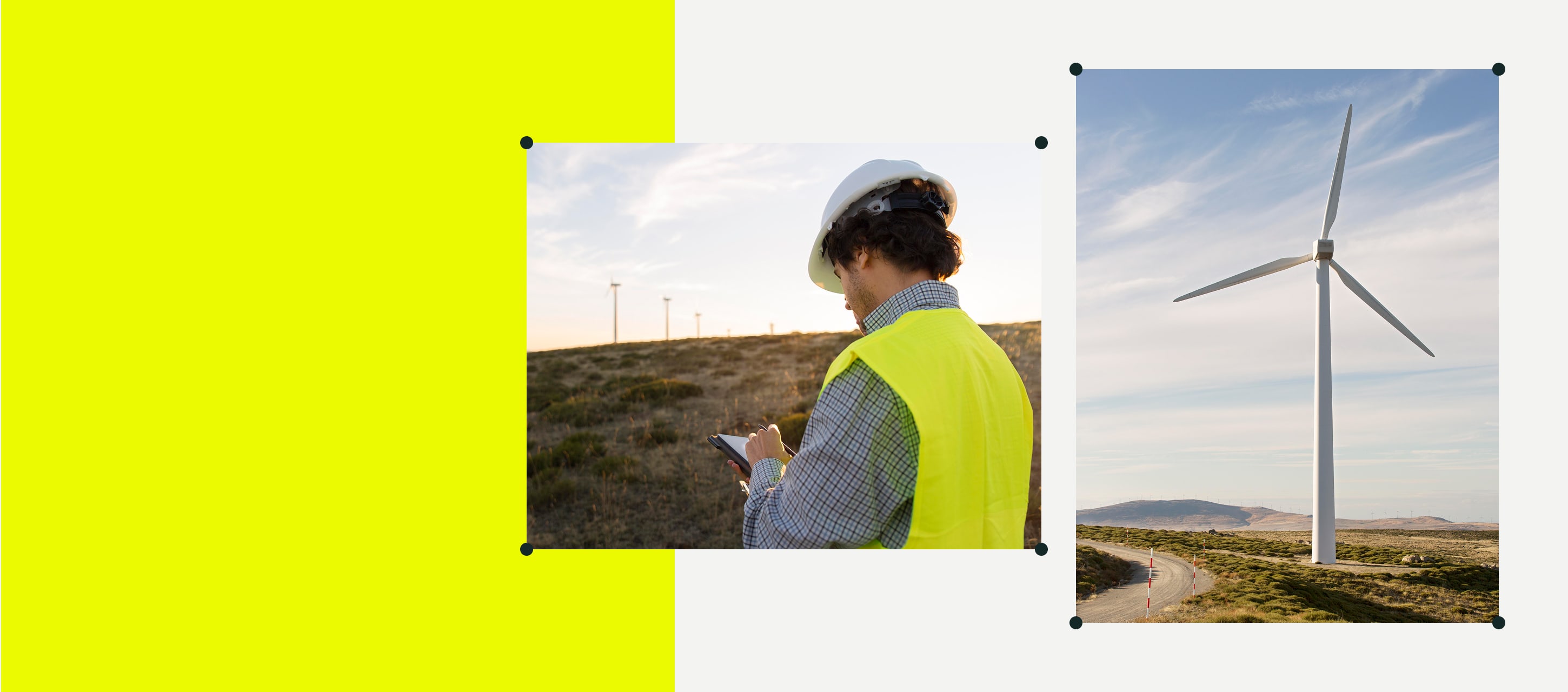Gone are the days when EHS meant compliance checklists and incident reporting. In 2025, safety and compliance programs have evolved into a strategic driver of operational resilience and innovation.
As expectations rise, many organizations are reassessing whether legacy tools like KPA can keep pace. Newer EHS solutions, such as Fluix, Cority, Evotix, EcoOnline, and SafetyIQ, are built for flexibility, integration, and scalability to support modern EHS and broader digital transformation strategies.
Contents:
- How We Chose the Best Alternatives (What Mattered Most)
- Who Are the Top 5 KPA Competitors?
- 2. Cority
Key Features
Pricing
- 3. Evotix
Key Features
Pricing
- 4. EcoOnline
Key Features
Pricing
- 5. SafetyIQ
Key Features:
Pricing
- Which KPA Alternative Is Best for You?
How We Chose the Best Alternatives (What Mattered Most)
The KPA alternatives in this review offer configurable workflows, stronger analytics, mobile readiness, and deeper integration with enterprise systems to modernize EHS management.
Our evaluation prioritized solutions that go beyond checklists and dashboards to support real operational needs.
- Offer mobile and offline functionality, ensuring field teams can operate without connectivity gaps
- Provide configurable, role-based workflows that adapt to specific safety processes and compliance protocols
- Integrate with core business systems, including ERP, BI, and sustainability platforms, to enable unified data flows
- Deliver measurable value through reduced complexity, faster adoption, and lower overhead, without compromising regulatory readiness
Who Are the Top 5 KPA Competitors?
First up is a KPA alternative that’s flexible enough to support both mid-sized teams and large enterprises running EHS programs across dispersed frontline teams in the field.
1. Fluix
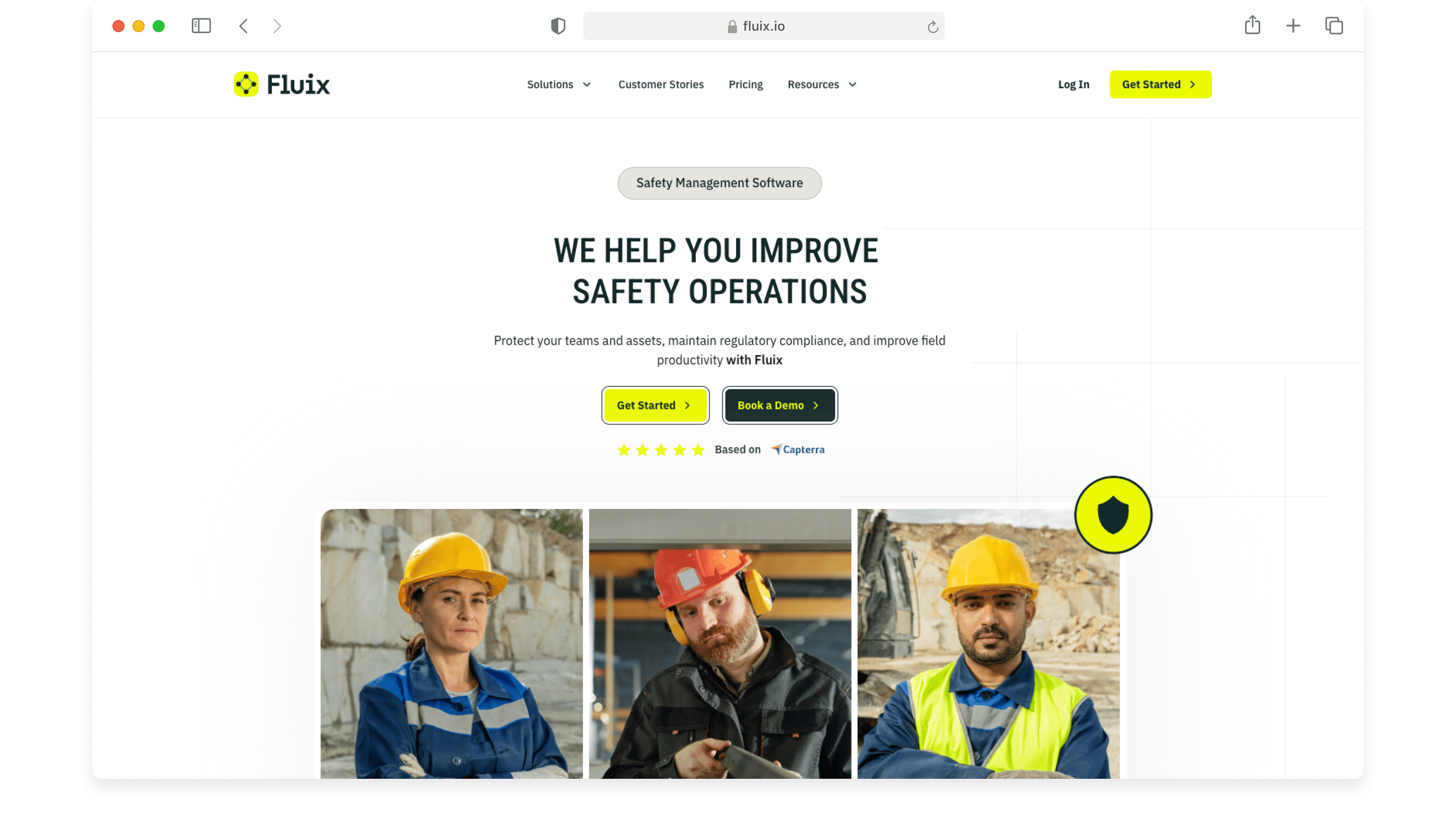
Fluix offers safety management solution designed for high-risk field environments where compliance, accountability, and rapid response are essential. It covers the entire safety workflow: from inspections and incident reporting to corrective actions and audit documentation.
EHS teams use Fluix to assign and manage safety forms, including job safety analyses (JSAs), near-miss reports, contractor onboarding, and permit-to-work authorizations.
Field staff complete these forms on mobile devices, with or without connectivity. Built-in validation checks flag incomplete entries or high-risk inputs, helping reduce errors and improve workplace safety.
Submitted reports are routed in real time to safety managers or compliance officers. Corrective actions can be triggered automatically, assigned deadlines, and monitored through to resolution. And all entries are geo-tagged and time-stamped, ensuring a traceable audit trail.
Unlike broader compliance platforms, Fluix prioritizes field usability and offline functionality, making it a practical tool for safety programs operating in remote, time-sensitive, or compliance-heavy conditions.
Key Features
- Safety inspections, and checklists with offline access
- Photo capture and geotagging for field-based evidence
- Customizable safety workflows with conditional logic
- Automated approvals
- Automated routing for documents
- Non-conformance reporting
- Task scheduling
- Integrations, including with Power BI and other analytics tools
Pricing
Fluix offers tiered pricing, allowing organizations to align costs with the level of EHS functionality they require.
- Basic: $20 per user/month
- Core: $40 per user/month
- Pro: $75 per user/month
- Custom: Based on requirements
KPA vs Fluix: Detailed Feature Comparison
We compared KPA and Fluix by assessing how effectively each supports field and asset-heavy organizations.
| Criteria | KPA | Fluix |
|---|---|---|
| Primary Focus | EHS + compliance + workforce training suite | Field-ready compliance workflows, safety inspections, and task automation |
| Fit for Field Operations | Suitable, but often complex for frontline use | Designed for field teams, mobile-first, offline-ready |
| Ease of Deployment | Longer setup, training-heavy | Fast deployment, low IT lift |
| Customization of Workflows | Limited flexibility without custom dev work | Easily customizable forms, workflows, and checklists |
| Offline Capability | Limited offline forms and data capture | Full offline forms, inspections, syncing when online |
| Integration Flexibility | Standard integrations; enterprise focus | Open API + native connectors (e.g., CRM, ERP, SharePoint, Power BI) |
| Adoption by Field Teams | Can be challenging without extensive training | Built for easy adoption by non-technical field teams |
| Cost-to-Value Ratio | High cost for full suite, may include unused features | Targeted features = better cost efficiency |
| Analytics & Reporting Capability | Comprehensive enterprise analytics across EHS, compliance, and training | Real-time reporting optimized for field data with flexible BI integrations |
WHAT IF SAFETY MANAGEMENT SAVED YOU $300K THIS YEAR?
2. Cority
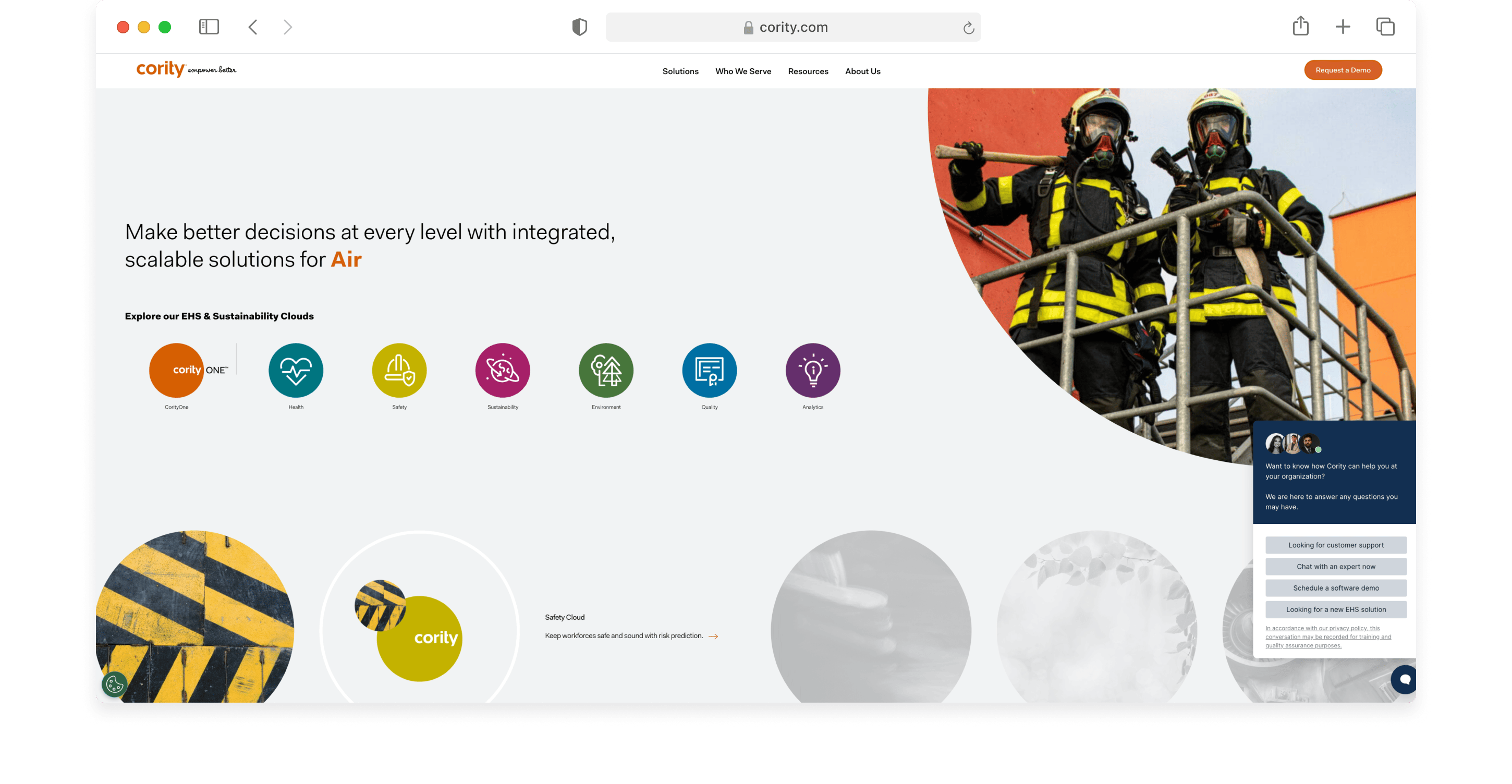
Cority is an enterprise EHS&S platform built for organizations that need to manage everything from health and safety to environment, sustainability, and quality in one place.
With modular solutions (including Safety, Health, Environment, Sustainability, and Quality Cloud), large organizations can scale EHS programs while maintaining visibility and operational control.
Cority offers advanced analytics and flexible workflows that support complex reporting and oversight to customers such as NASA and Nestlé. However, with that depth comes increased complexity, longer setup times, and significant change management may be required to ensure the rollout’s success.
Key Features
- Incident management with root cause analysis
- Environmental and sustainability reporting
- Occupational health and industrial hygiene modules
- Enterprise integrations and advanced analytics
- Compliance tracking across multiple jurisdictions
Pricing
Typically starts around $50,000 per year. Costs vary based on modules, user count, and integrations.
3. Evotix
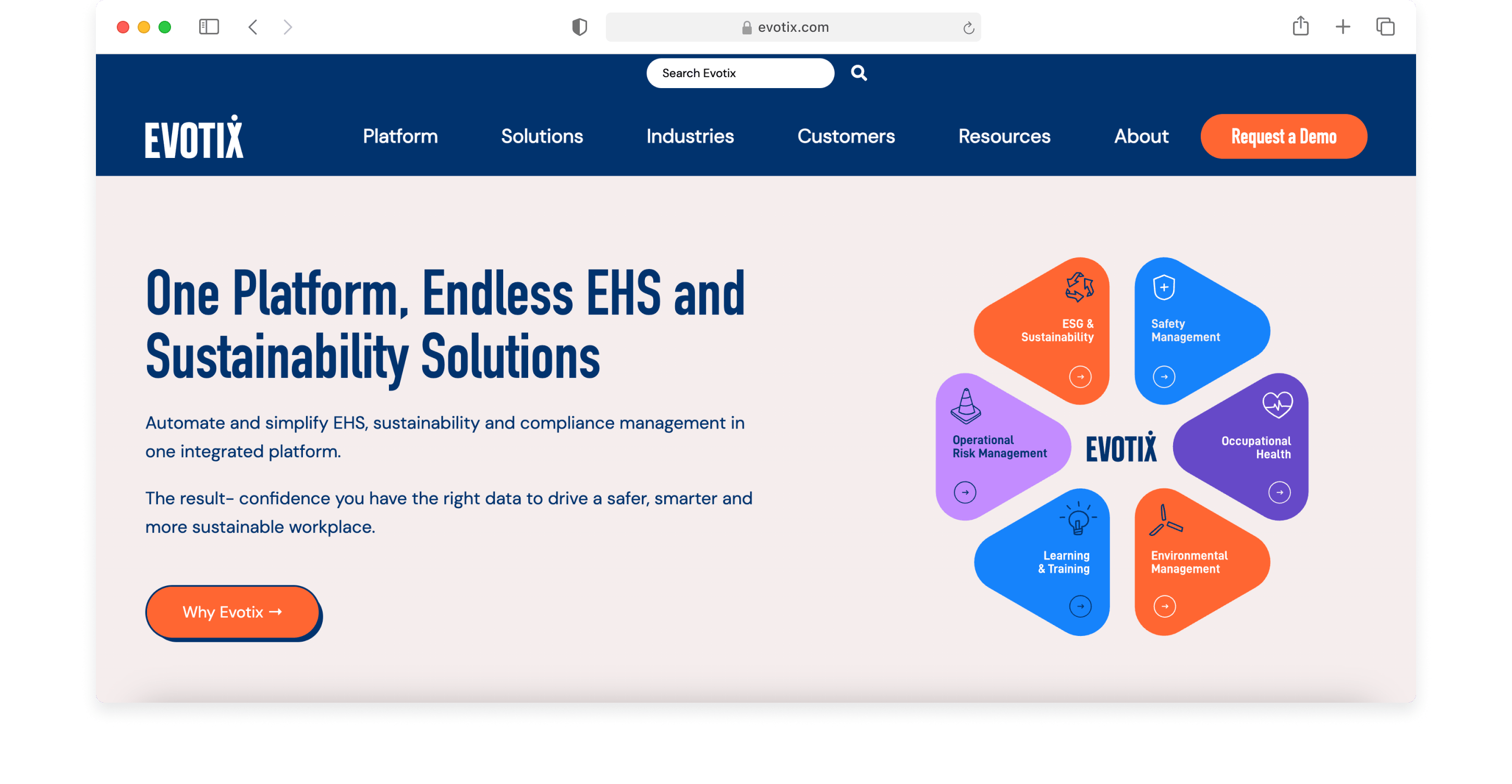
Evotix offers mobile-first EHS software that embeds safety into daily operations without overwhelming teams. Crews can log incidents in real-time, conduct audits, and flag hazards using an intuitive mobile application.
It’s a popular choice for manufacturing, construction, and facilities organizations seeking to boost safety engagement through easy-to-learn, quick-to-deploy tools.
The mobile app and intuitive workflows streamline participation across roles and locations, helping teams take greater ownership of safety protocols on the ground.
Built for accessibility, Evotix is well-suited for organizations seeking to enhance compliance and achieve measurable EHS outcomes.
Key Features
- Mobile incident and hazard reporting
- Risk assessments, audits, and action tracking
- Safety training and competency management
- Flexible dashboards, compliance reporting
- Integrations with HR, ERP, and BI systems
Pricing
$15–30 per user/month, depending on modules, with added costs for enterprise onboarding.
4. EcoOnline
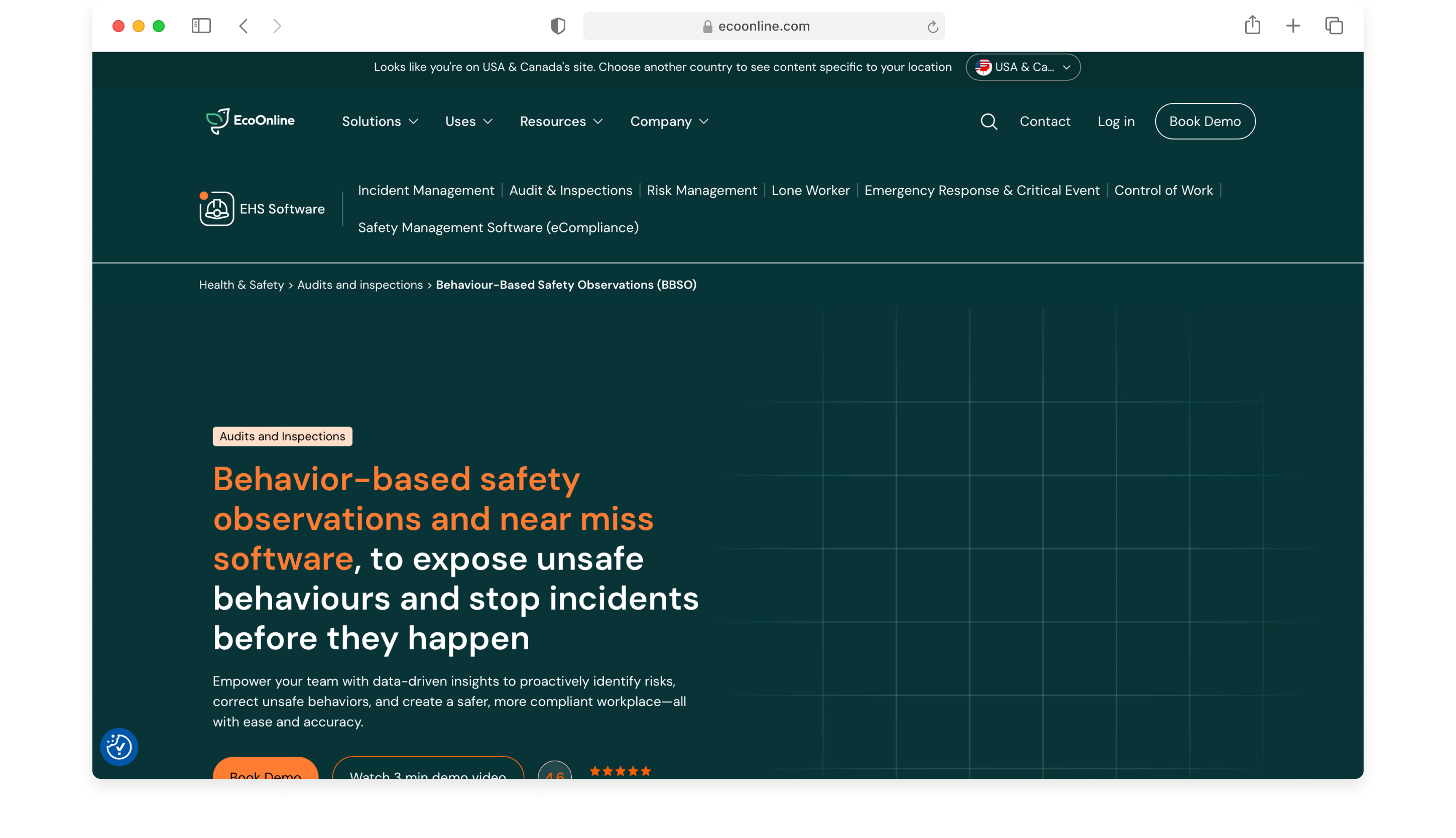
Chemical management and workplace health tracking are central to EcoOnline’s offering. Where KPA combines training, audits, and compliance reporting into a broad package, EcoOnline focuses on core safety essentials, making it easier for smaller teams to modernize without lengthy deployments or complex configurations.
It provides a focused solution for controlling hazardous substances, managing occupational health hazards, and maintaining chemical safety compliance.
With its deep functionality for chemical risk management and straightforward tools for incident reporting, audits, and risk assessments, EcoOnline is a strong KPA alternative if COSHH compliance, substance inventories, and exposure monitoring are part of daily operations.
Key Features
- Chemical safety, COSHH management, SDS control
- Occupational health tracking, exposure monitoring
- Incident, audit, and risk assessment tools
- Compliance reporting, document version control
- ERP and regulatory system integrations
Pricing
Varies by setup. Typically positioned for mid-market to enterprise companies that manage chemical safety and occupational health at scale.
5. SafetyIQ
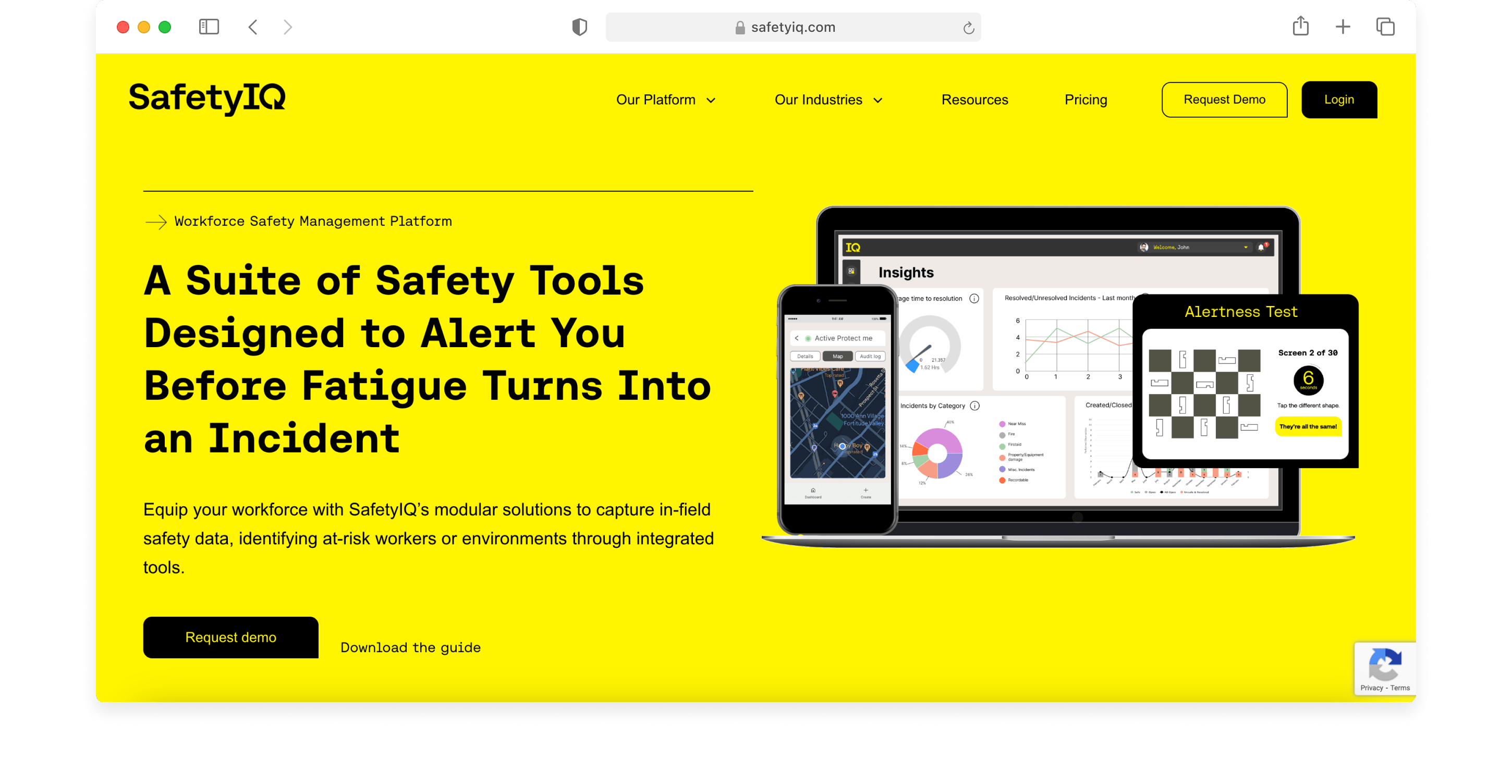
SafetyIQ offers a practical entry point for SMBs looking to digitize inspections, audits, and basic safety reporting without adopting a full enterprise suite.
Where KPA combines compliance training, regulatory reporting, audits, and incident management, SafetyIQ focuses on the essentials, including digital checklists, audit trails, and hazard identification. By keeping their feature set focused, SMBs can begin to see value without lengthy deployments or complex configurations.
That simplicity, however, means SafetyIQ lacks the deeper analytics, advanced integrations, and broader compliance features offered by more comprehensive EHS management platforms, such as KPA.
Key Features:
- Mobile-first inspections, audits, and digital checklists
- Incident and hazard reporting with photo capture
- Task tracking and simple reporting dashboards
- Offline capability for fieldwork
- Basic reporting and BI integrations
Pricing
$10–20 per user/month, depending on configuration.
Which KPA Alternative Is Best for You?
The best KPA alternative for your organization depends on your priorities, whether that’s agility, integration, analytics, or scaling EHS as part of your broader business strategy.
Fluix stands out by bridging this gap, offering flexibility for mid-sized teams that need fast, cost-effective automation, while also scaling to meet the needs of larger enterprises seeking mobile-first, customizable workflows.

